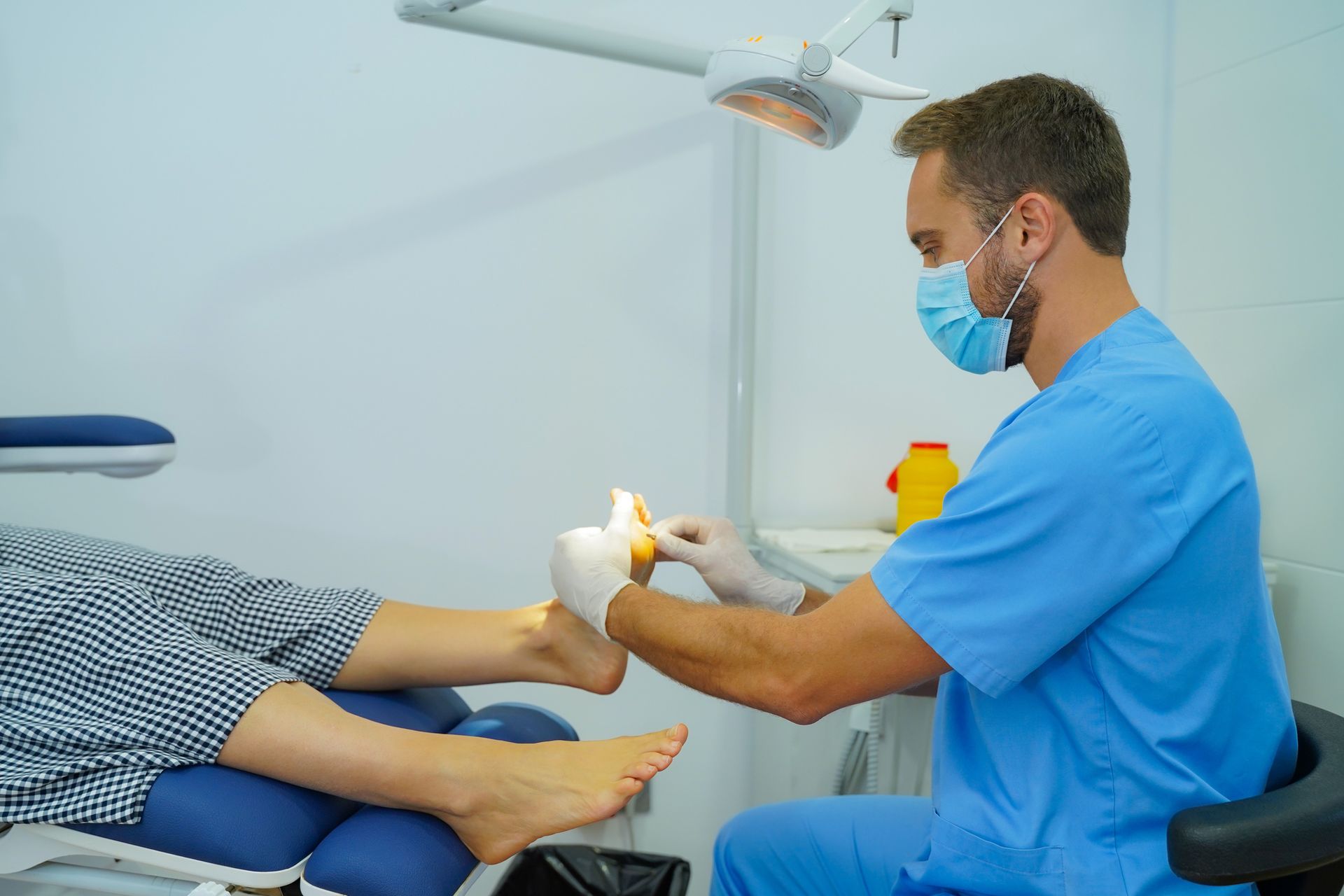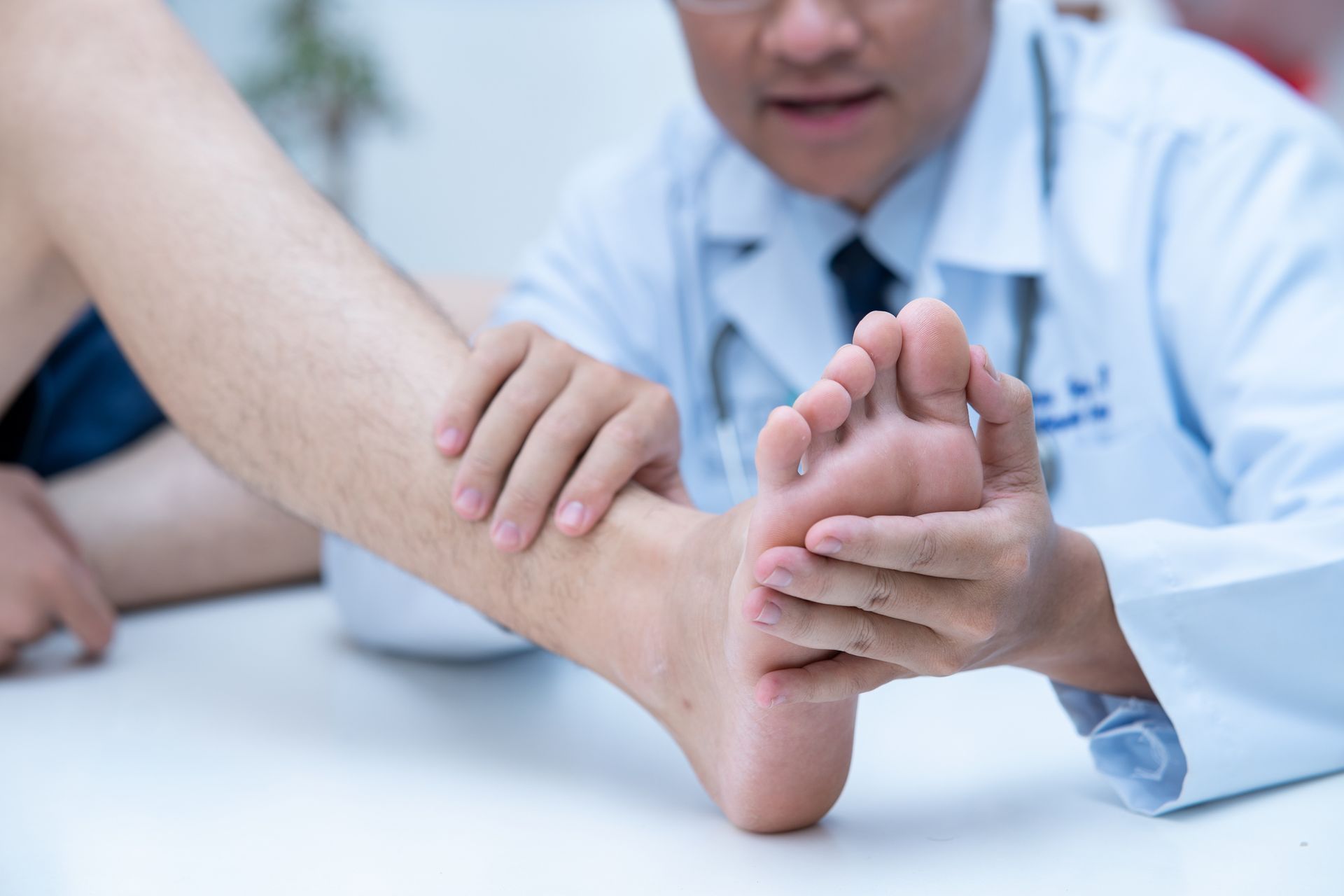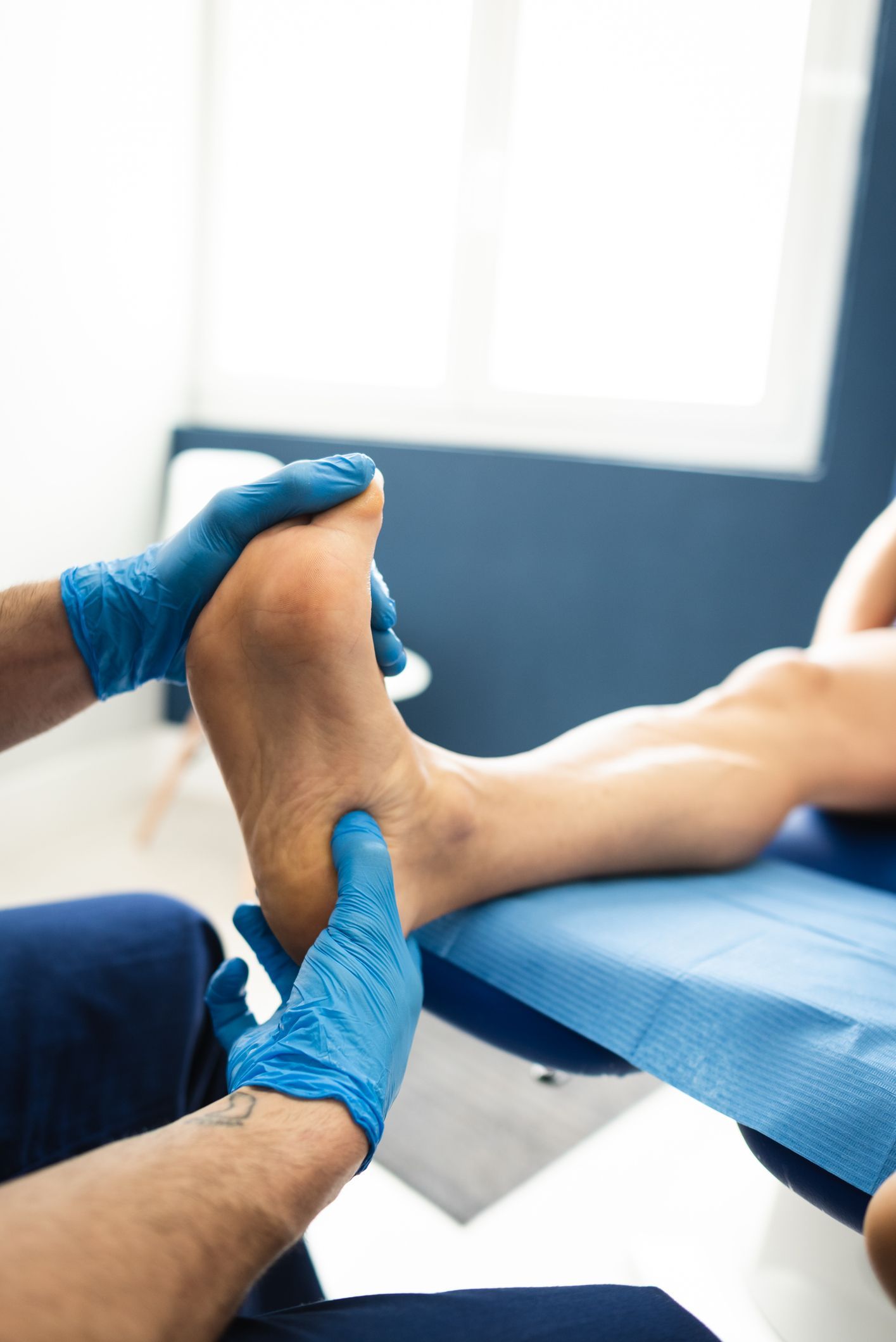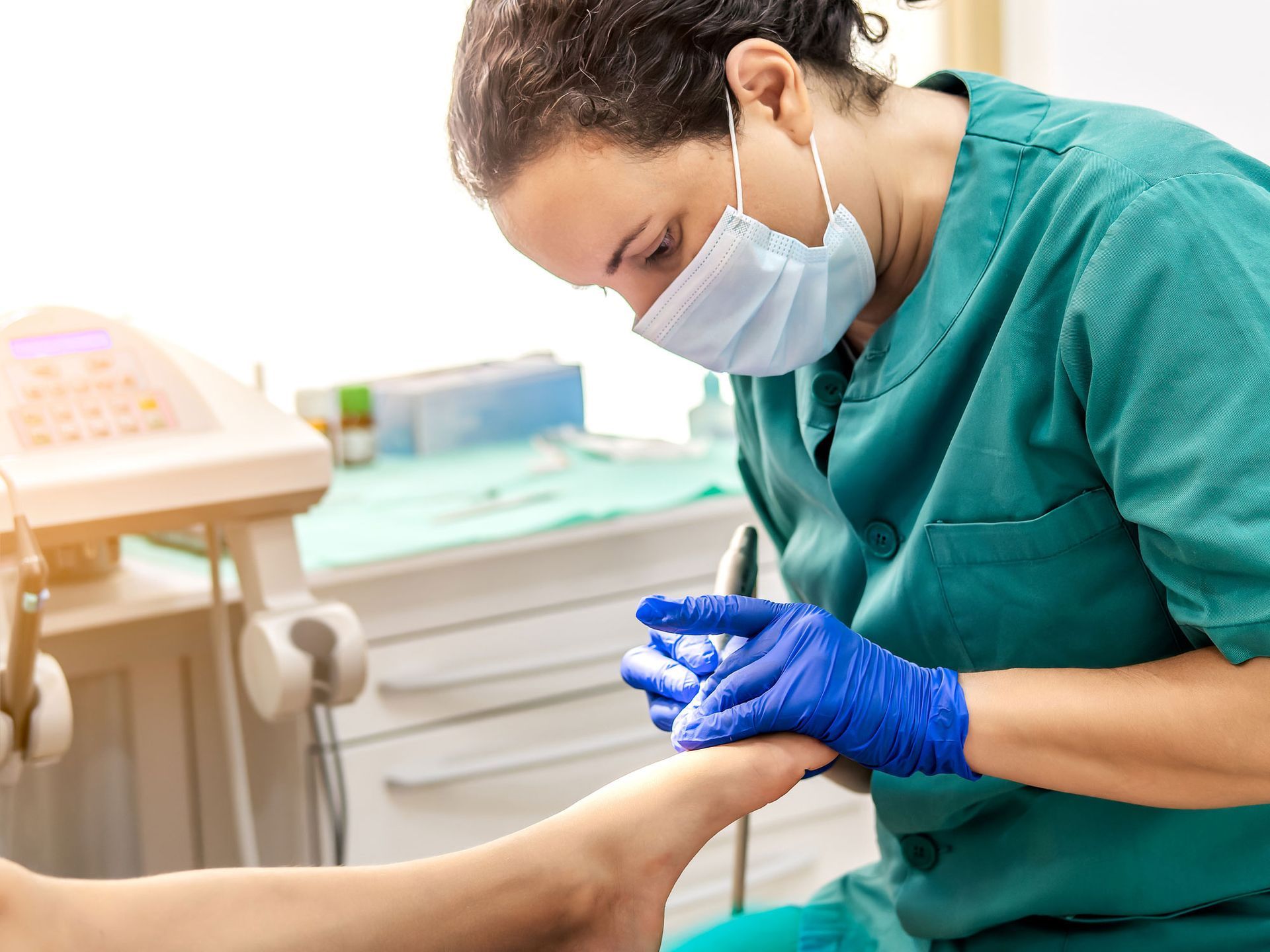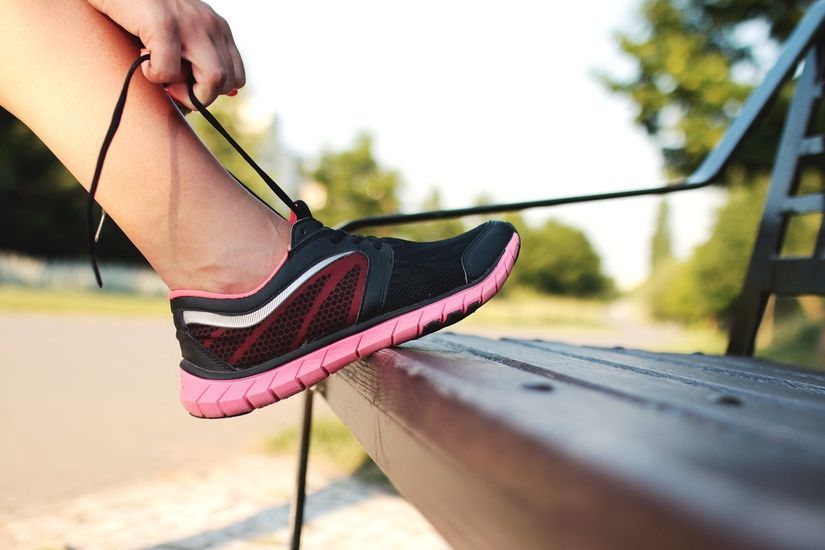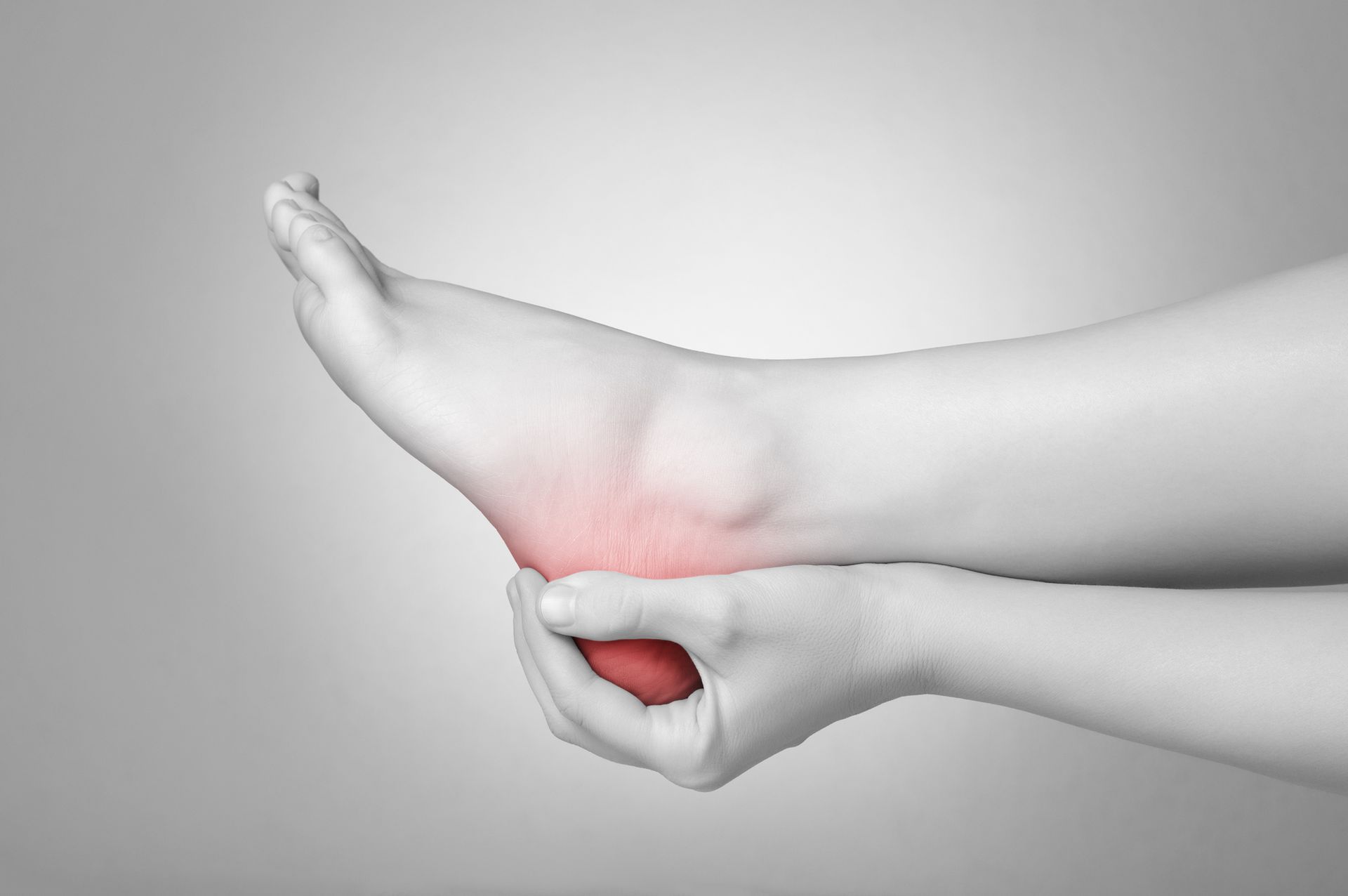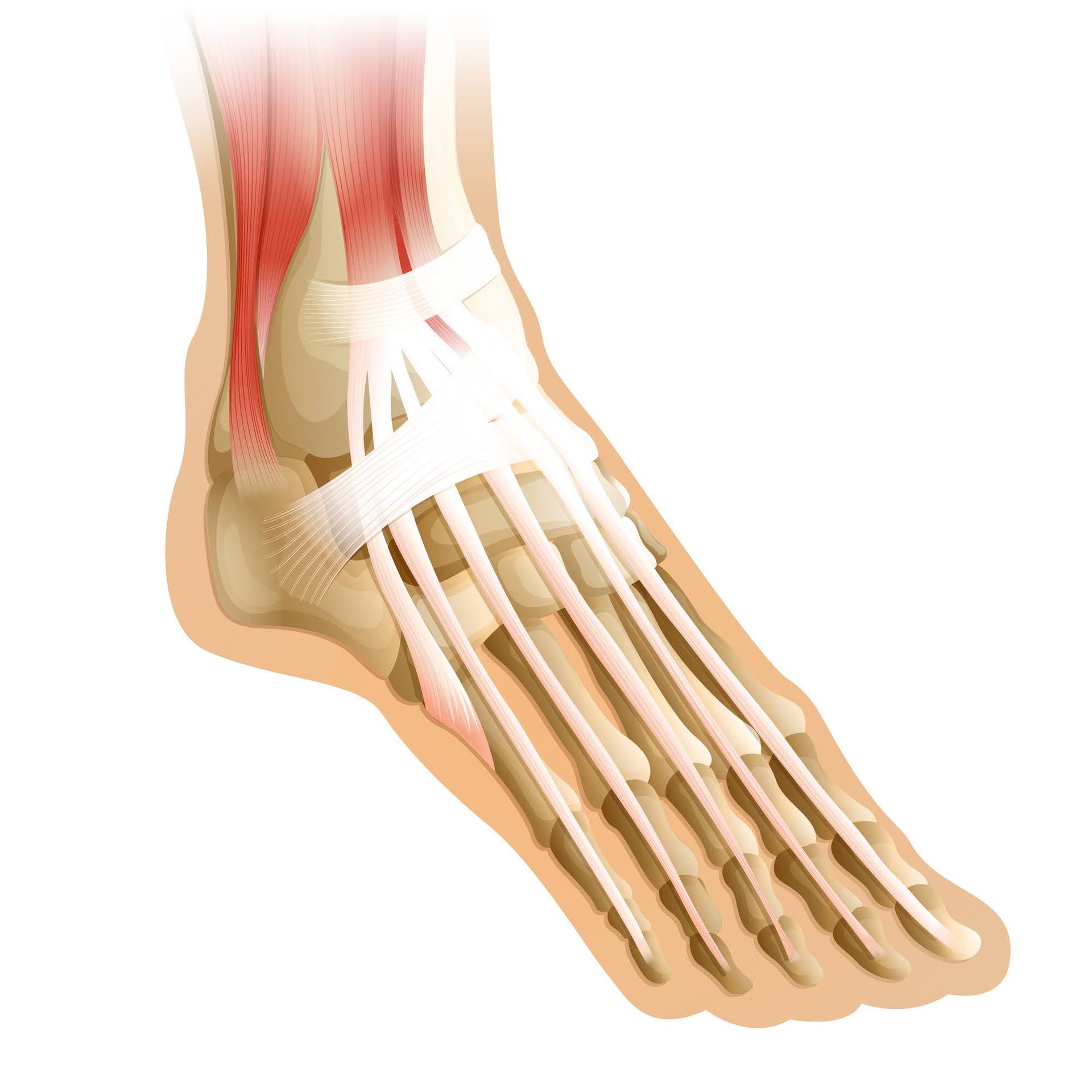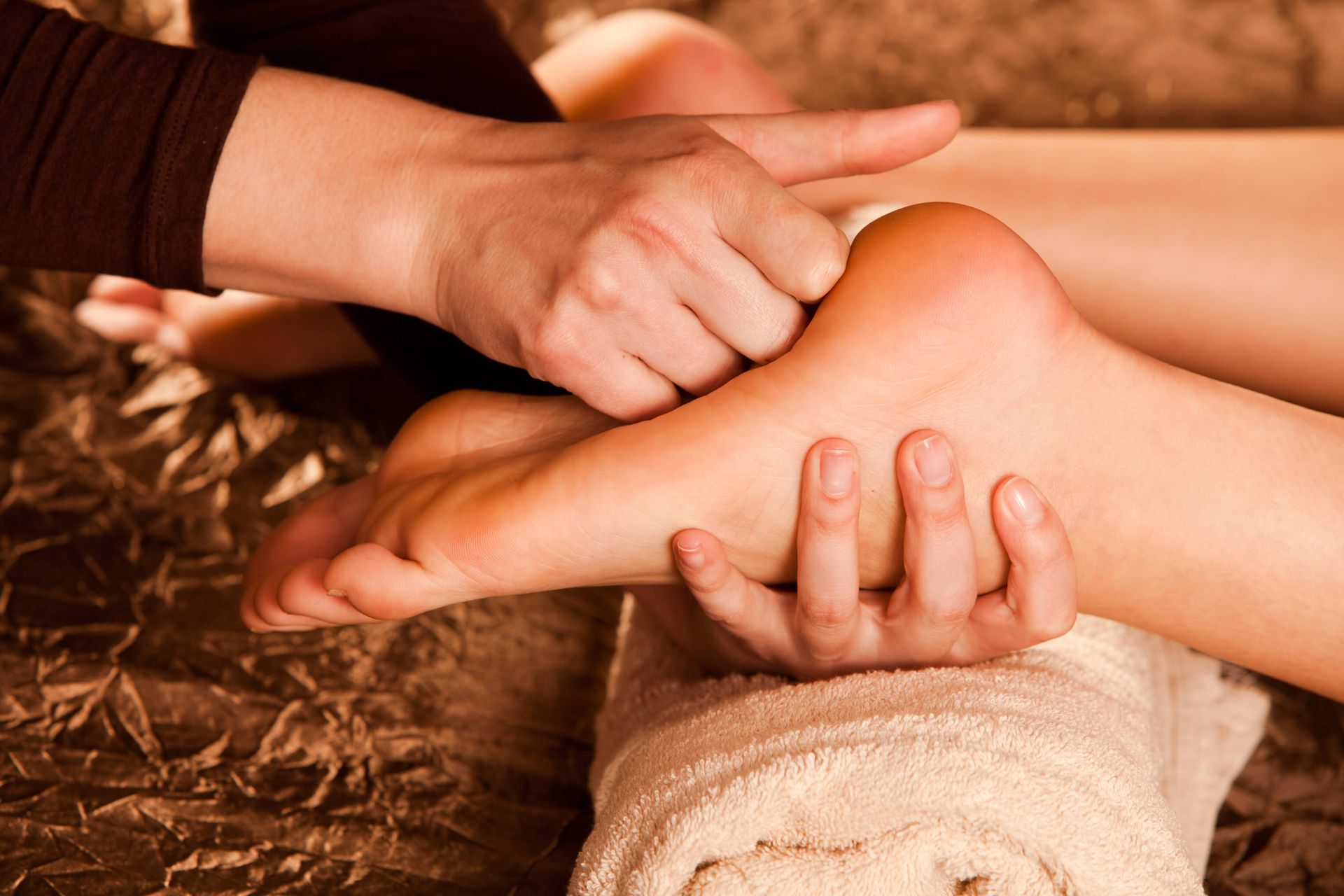Understanding Hyperhidrosis Types, Diagnoses, and Treatment Options
July 28, 2022
Hyperhidrosis entails excess sweating; it mainly affects the underarms, palms, and feet. The condition is not life-threatening. However, it can trigger psychological issues and undermine your quality of life. For example, people with severe hyperhidrosis may have food restrictions like avoiding spicy foods to control sweating.
Moreover, hyperhidrosis individuals may become anxious or feel embarrassed whenever they sweat in social gatherings. Thus, they are likely to limit their interactions. This blog covers everything you should know about hyperhidrosis, especially involving the feet.
Hyperhidrosis Classification
Most patients experience one of two types of hyperhidrosis: primary or secondary hyperhidrosis. They differ in their triggers. For example, primary hyperhidrosis entails excessive sweating without underlying conditions. It often involves the eccrine glands, comprising the majority of sweat glands in the human body.
People with primary hyperhidrosis sweat from simple reasons like extreme emotions. For example, you may sweat excessively from being anxious about a job interview or upcoming announcements.
On the other hand, secondary hyperhidrosis often arises from underlying triggers like diseases. Common conditions associated with secondary hyperhidrosis include:
- Pregnancy
- Obesity
- Substance overdose
- Diabetes
- Gout
- Prescription medicine
Hyperhidrosis Diagnosis
Patients with severe sweating may visit a doctor's office for medical evaluation. Usually, doctors rely on one or more of the following tests to diagnose the condition.
Sweat Tests
Your podiatrist may request sweat tests to assess the specific sweat sites and condition severity. A common sweat test entails the iodine starch test. The doctor applies iodine solution to your feet and allows them to dry. They then apply starch on your feet's surface and observe the results.
Blue-black patches form on the parts of your feet with excess sweating. The test facilitates targeted treatment.
Thermoregulatory Sweat Test
Some clinics use thermoregulatory sweat tests as a more reliable way to diagnose hyperhidrosis. The test detects small-fiber neuropathy in the affected sweat sites confirming hyperhidrosis. Doctors may then prescribe treatment or recommend specialized procedures to mitigate excess sweating.
Lab Tests
Lastly, your podiatrist may request lab tests should they suspect your hyperhidrosis is triggered by underlying conditions. Lab tests mainly apply for patients with secondary hyperhidrosis arising from conditions like diabetes and hyperthyroidism. Timely diagnoses of underlying conditions allow your podiatrist to refer you for specialized treatment, boosting your recovery chances.
Hyperhidrosis Treatment
There is no straightforward treatment for hyperhidrosis; it differs from one patient to another depending on the triggers and underlying conditions. For example, patients with hyperhidrosis arising from diabetes may require combined care from their podiatrist and endocrinologist to manage their health. The latter will prescribe medications to regulate a patient's blood sugar levels, reducing the chances of excess sweating.
On the other hand, patients with primary hyperhidrosis may receive various prescriptions. For example, your podiatrist may prescribe over-the-counter antiperspirants to control sweating. The antiperspirants often contain aluminum. The aluminum does not stop hyperhidrosis. Instead, it combines with the sweat to form a gel that remains on the skin rather than trickling down your skin.
Anticholinergics are another common prescription for patients with primary hyperhidrosis. Your podiatrist may prescribe it as a drug to ingest or an ointment to apply on your feet. Anticholinergics work to reduce excess sweating by disrupting nerve signals to your sweat glands. You may apply the ointment in the morning after showering before dressing for work.
Lastly, Botox injections have emerged as an effective hyperhidrosis intervention in modern medicine. The injections are direct to the feet for optimal effectiveness. Botox treatment works by blocking signals to your sweat glands, mitigating sweating.
Patients with excessive foot sweating should seek medical care to remedy the condition. Those living in Oregon may book an appointment
with Advanced Foot Clinic. Our podiatrists will examine you and recommend the best treatment.
